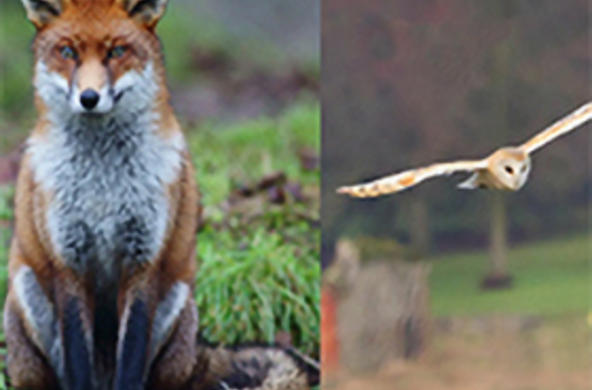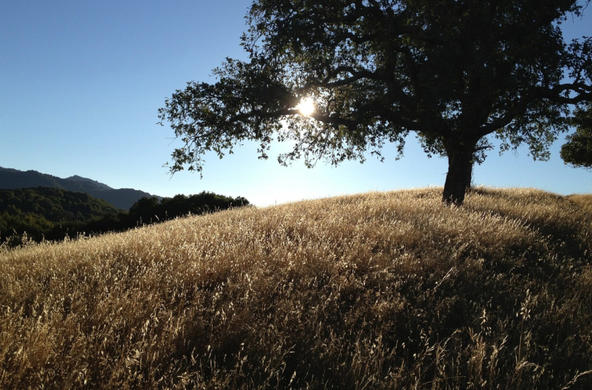West Nile virus arrived in the eastern United States in 1999. The virus is a human health risk because it can cause sickness and death when mosquitoes transmit the pathogen from an infected bird to a person. Birds, however, bear the brunt of West Nile virus mortality. Since its arrival, the virus has caused declines in many common bird species.
West Nile virus is maintained and amplified in the environment through bird-mosquito-bird transmission cycles. Of all of the birds that can become infected with West Nile virus, American crows are exquisitely susceptible — once infected, their mortality rate approaches 100 percent.
During the first five years after West Nile virus arrived, American crow populations plummeted by an average of 30 percent. In a few areas, crows were nearly eradicated in a single season.
Yet even bird enthusiasts were not terribly concerned about the loss of these common and oft-maligned birds.
Crows can be pests in agriculture (hence, "scarecrow"), and many people are appalled to hear that crows have a taste for songbird nestlings and road kill.
But American crows are intelligent and social animals. They have the capacity to use tools, recognize individual human faces and grieve the loss of family members.
Crows generally survive for more than a decade in the wild and maintain strong family ties. Juveniles delay breeding to stay with their parents and help raise siblings. Persistent, year-round family groups may include up to 15 members.
While we revere warblers, the American crow's social structure is much more similar to our own. Their 30 percent decline because of West Nile virus infection is more devastating when considering how many family groups were lost.
Still, many will claim that this populous species is resilient — and they may be right. In some locations, crow populations have begun to show signs of recovery.
West Nile virus has taken a toll on other native birds. Robins, bluebirds, chickadees and eastern towhees have also suffered losses. Although none of these species seems to be in danger of going extinct, population crashes leave animals vulnerable to stressors such as habitat degradation, weather and disease.
Most species we recognize as endangered have limited geographic distribution and small population sizes. But history is rich with examples of lost species that were once abundant.
In the 19th century, passenger pigeons were a common sight. Historical texts document landscapes teeming with flocks, which fed on acorns, beechnuts and chestnuts. Some estimate they once numbered in the billions. Yet within a few short decades, the pressures of hunting (for food, sport and control) and disease drove passenger pigeons to extinction.
Few would have predicted or mourned the loss of passenger pigeons when they were plentiful.
The loss of any species is tragic. The loss of an abundant species can have significant consequences for the structure and function of the ecosystems they leave behind. In our region, passenger pigeons played an important role in seed consumption and dispersal. Their disappearance certainly altered the composition of our hardwood forests.
The intent here is not to suggest American crows are in danger of extinction. Unlike the passenger pigeon, crows are not widely hunted and can successfully take advantage of diverse food resources. However, it is worth noting that the introduction of a single new pathogen (i.e., West Nile virus) resulted in significant and in some cases, persistent declines in the very species of birds we watch daily from our kitchen windows.
We expect crows to make a full recovery when West Nile virus exposure declines, or a more regulated recovery if the species develops immunity to the virus. However, in reality, we don't really know how many individuals or families can be removed before there are fundamental changes in population genetic structure or resilience.
As scientists, we can use prior experience, data and theoretical understanding to define risk. But we also have to be prepared for unexpected events.







